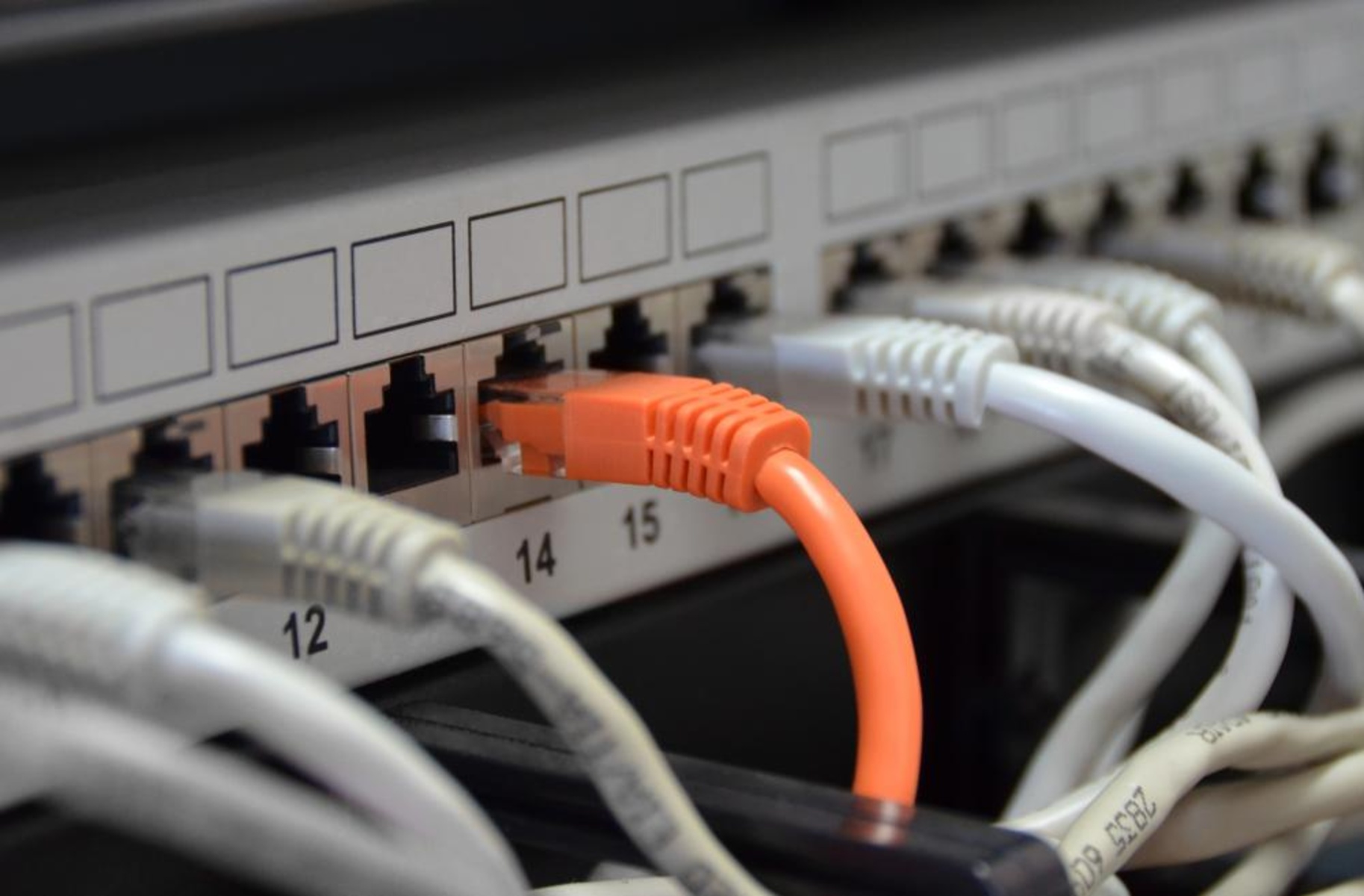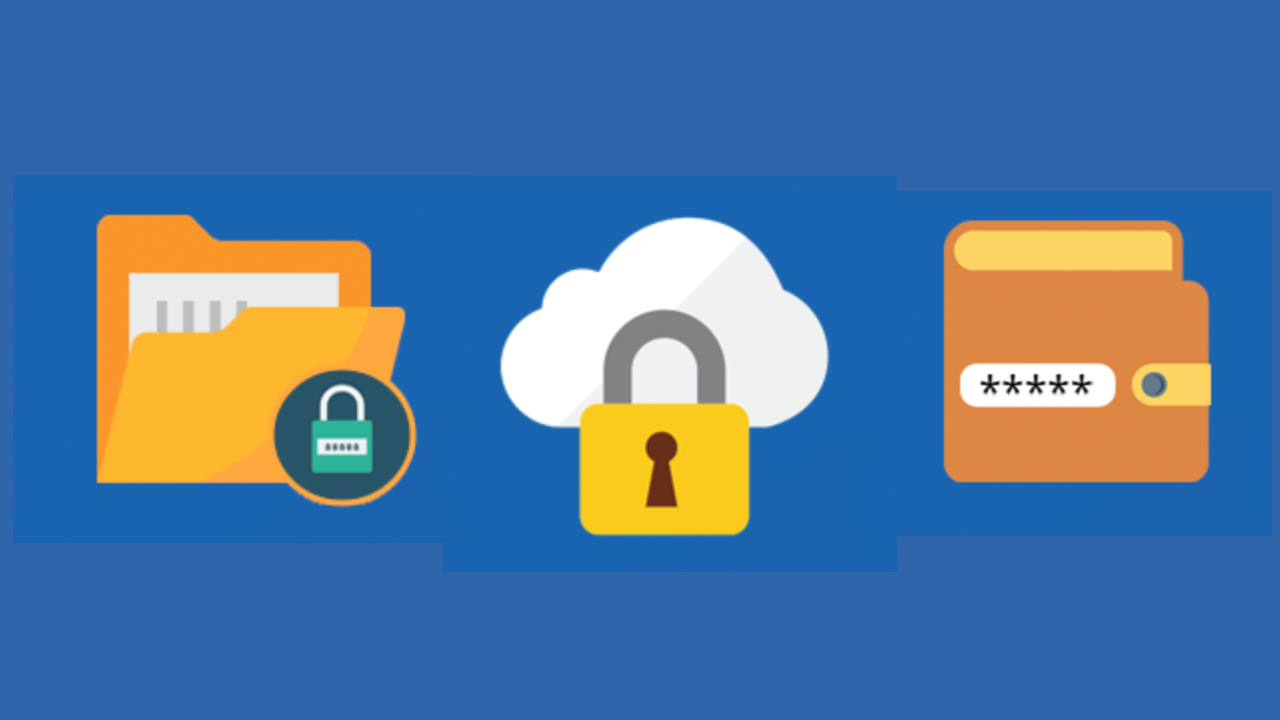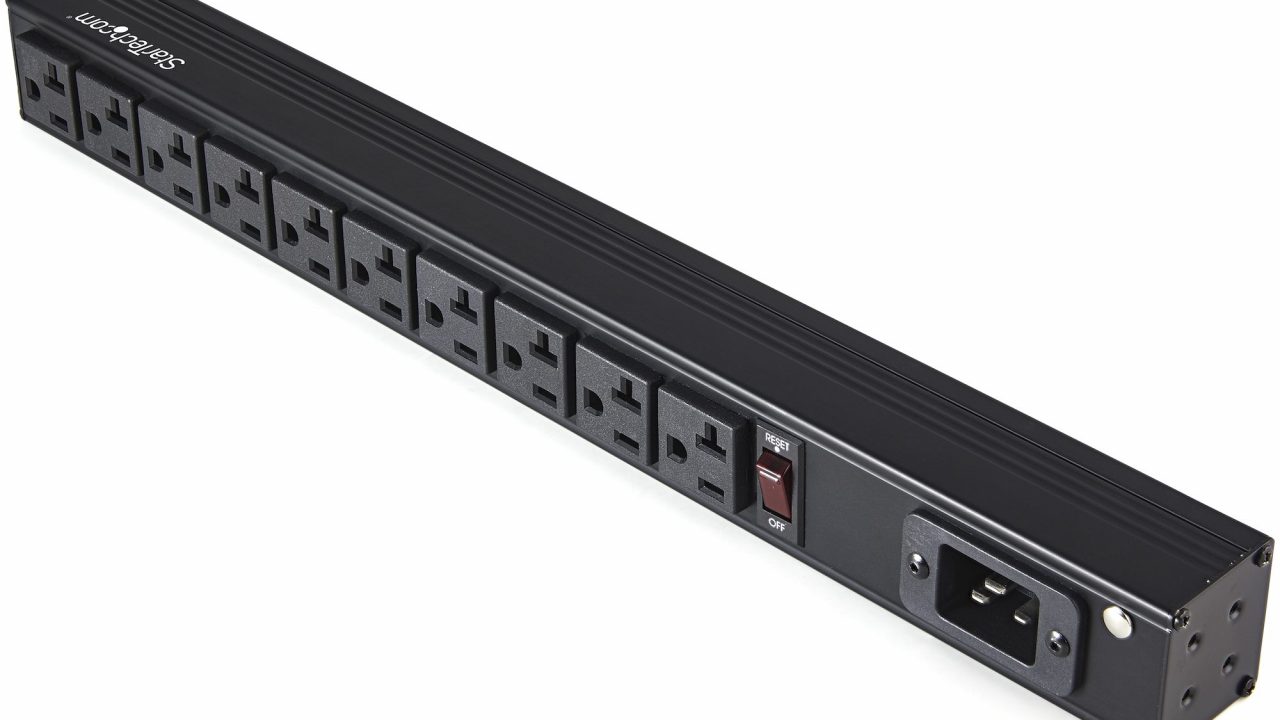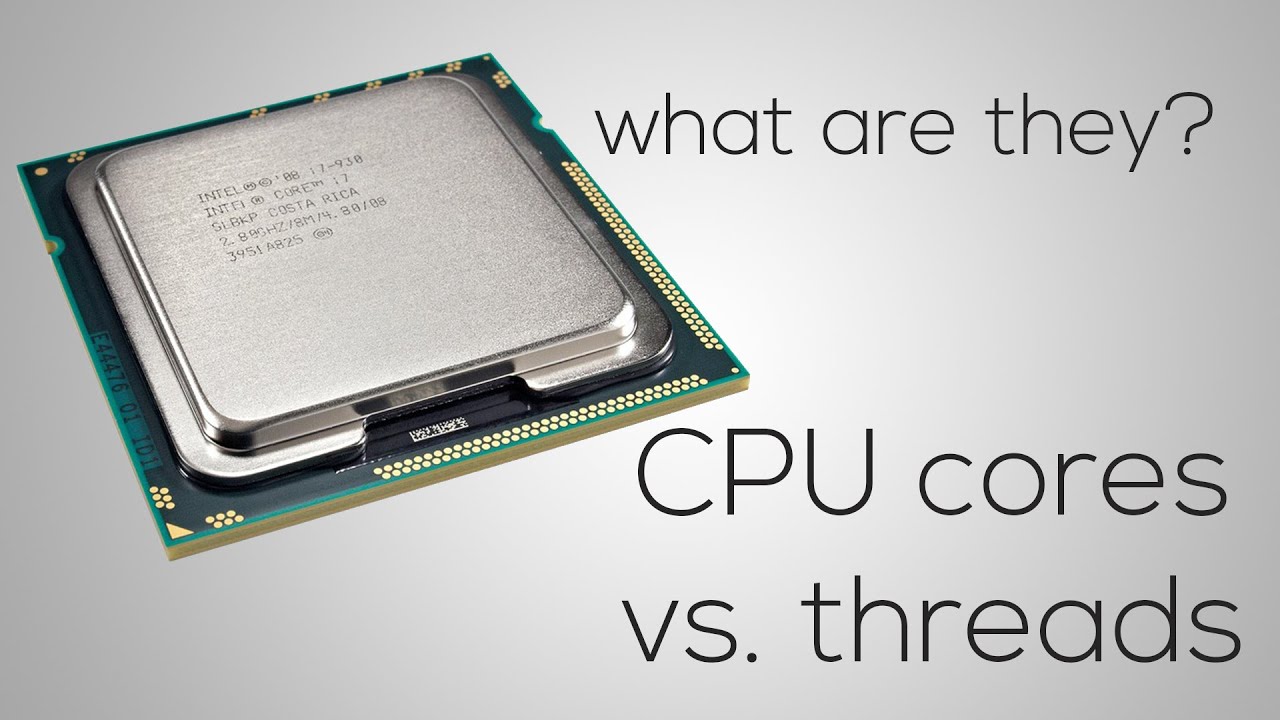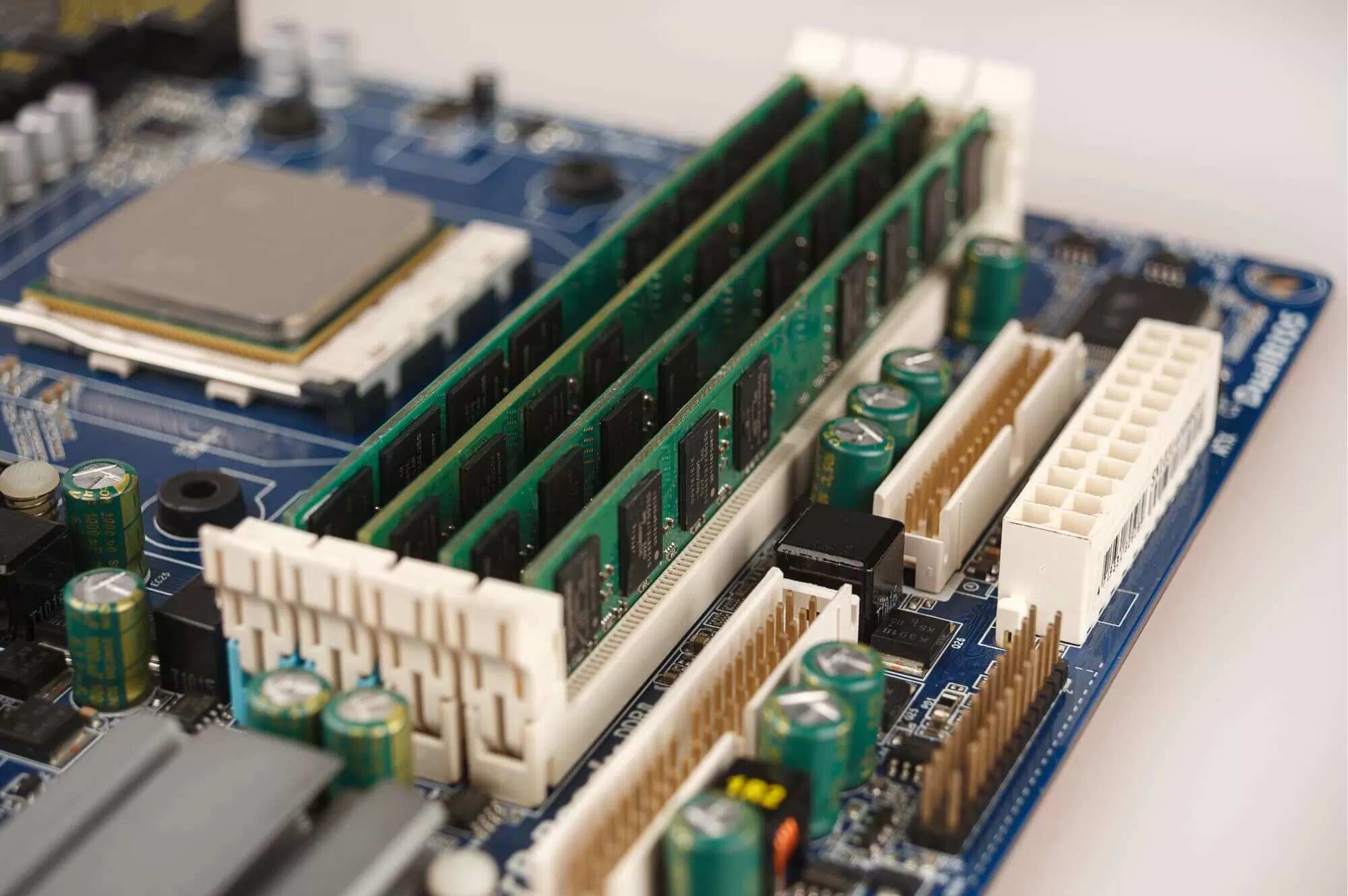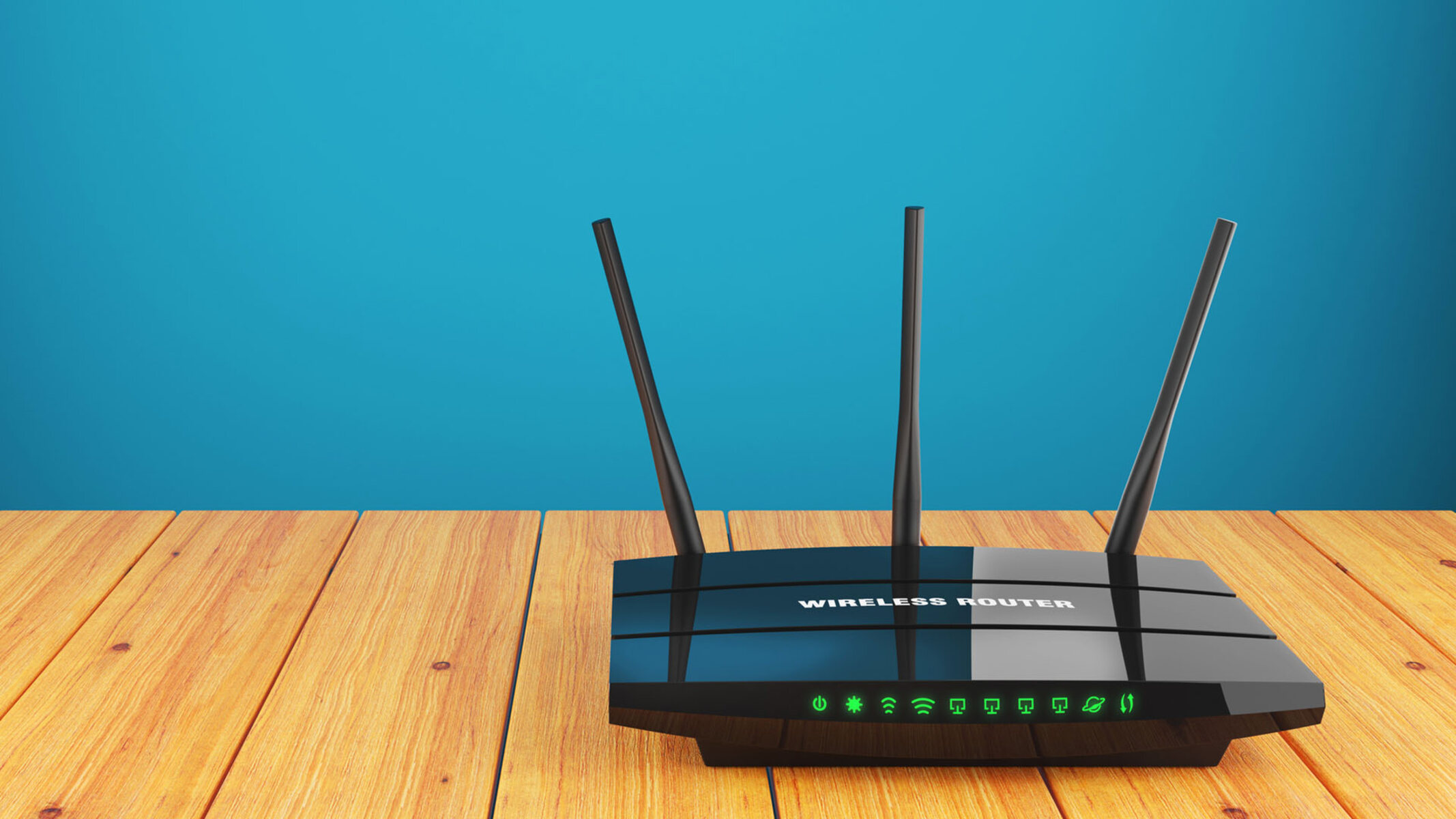Introduction
When it comes to managing a server network switch, encountering socket errors can be a frustrating and disruptive challenge. These errors can impede the smooth flow of data and communication, leading to downtime and potential loss of productivity. Understanding what socket errors are, their causes, and how to troubleshoot them is crucial for maintaining a stable and efficient network infrastructure.
Socket errors occur when a connection between two devices, such as a server and a client, encounters an issue. These errors can manifest in various forms, from connection timeouts to refused connections, and they often indicate underlying problems that need to be addressed promptly.
In this comprehensive guide, we will delve into the intricacies of socket errors on server network switches, exploring their causes, common error messages, and troubleshooting methods. By gaining a deeper understanding of socket errors, network administrators and IT professionals can effectively mitigate these issues and ensure the seamless operation of their server network switches.
What is a Socket Error?
A socket error refers to a problem that occurs during the communication process between two devices over a network. In the context of server network switches, a socket error typically arises when there is a disruption in the connection between the server and its clients or other network devices. The term “socket” in this context refers to the endpoint of a connection, and a socket error indicates that the connection cannot be established or maintained as intended.
At its core, a socket error signifies a breakdown in the communication protocol, hindering the seamless transmission of data between devices. This breakdown can stem from a variety of sources, including network configuration issues, hardware malfunctions, software conflicts, or external factors such as network congestion or outages.
Socket errors are often categorized by specific error codes, each of which denotes a distinct type of communication failure. These error codes provide valuable insights into the nature of the issue, enabling network administrators and IT personnel to diagnose and address the underlying causes effectively.
Understanding the intricacies of socket errors is essential for maintaining the stability and reliability of server network switches. By grasping the underlying mechanisms of these errors, IT professionals can implement proactive measures to prevent them and swiftly resolve any issues that may arise, thereby ensuring the uninterrupted flow of data and communication within the network infrastructure.
Causes of Socket Errors on Server Network Switch
Socket errors on server network switches can stem from a diverse array of underlying causes, each contributing to disruptions in communication and data transmission. Identifying these root causes is instrumental in effectively troubleshooting and resolving socket errors. Here are some common factors that can lead to socket errors on server network switches:
- Network Configuration Issues: Misconfigurations in network settings, such as incorrect IP addresses, subnet masks, or gateway configurations, can lead to communication failures and socket errors. Inconsistent or incompatible network settings between devices can impede the establishment of stable connections.
- Hardware Failures: Malfunctioning network interface cards (NICs), damaged cables, or faulty switch ports can introduce disruptions in data transmission, resulting in socket errors. Physical hardware issues within the network infrastructure can undermine the reliability of connections.
- Software Conflicts: Incompatibilities or conflicts within network protocols, firewall settings, or security software can impede the smooth flow of data, leading to socket errors. Software-based restrictions or misconfigurations may hinder the establishment of connections between devices.
- Network Congestion: High levels of network traffic, congestion, or bandwidth limitations can overwhelm the network infrastructure, causing delays and packet loss that result in socket errors. Insufficient network capacity to handle concurrent communication demands can lead to connection timeouts and disruptions.
- Security Measures: Overly stringent firewall rules, intrusion prevention systems, or security policies can inadvertently block legitimate network communication, triggering socket errors. Excessive security measures may hinder the establishment of connections between devices.
- External Factors: Environmental factors such as power outages, electromagnetic interference, or physical damage to network infrastructure components can disrupt communication and lead to socket errors. External events beyond the network administrator’s control can impact the stability of connections.
By recognizing these potential causes of socket errors on server network switches, IT professionals can systematically address and mitigate these issues, thereby fostering a more robust and reliable network environment.
Common Socket Error Messages
Socket errors manifest through a variety of error messages, each conveying specific information about the nature of the communication failure. These error messages serve as valuable indicators for diagnosing and addressing socket errors on server network switches. Here are some of the most common socket error messages encountered in network environments:
- Connection Timed Out: This error message indicates that a connection attempt between two devices has exceeded the predefined timeout period without establishing a successful connection. It often signifies network congestion, unresponsive remote hosts, or connectivity issues.
- Connection Refused: When a client attempts to connect to a server, but the server actively denies the connection, a “Connection Refused” error occurs. This may result from firewall restrictions, incorrect server configurations, or unavailability of the requested service.
- Host Unreachable: This error message signifies that the destination host or server is unreachable from the source device. It may stem from network configuration issues, routing problems, or the unavailability of the target device on the network.
- Socket Operation on Non-Socket: Occurring within the programming context, this error message denotes an attempt to perform a socket operation on a non-socket object, indicating a programming error or misuse of socket-related functions.
- Network Reset: When a network connection is forcibly closed by the remote host, a “Network Reset” error occurs, indicating the abrupt termination of the connection. This may result from network disruptions, remote host malfunctions, or deliberate connection resets.
- Protocol Not Supported: This error message indicates that the requested network protocol is not supported or recognized by the server or client, leading to a failure in establishing a compatible communication protocol.
By recognizing these common socket error messages, network administrators and IT personnel can gain insights into the specific nature of the communication failures, enabling them to take targeted measures to resolve these issues effectively.
Troubleshooting Socket Errors
Effectively troubleshooting socket errors on server network switches requires a systematic approach that addresses potential causes and implements targeted solutions. By following a structured troubleshooting process, network administrators and IT professionals can identify and resolve socket errors, restoring seamless communication and data transmission within the network infrastructure. Here are key steps for troubleshooting socket errors:
- Review Network Configurations: Begin by reviewing the network configurations of the devices involved. Verify IP addresses, subnet masks, gateway settings, and DNS configurations to ensure consistency and compatibility between devices.
- Check Hardware Components: Inspect the hardware components, including network interface cards (NICs), cables, and switch ports, for any signs of damage or malfunction. Replace or repair any faulty hardware to restore reliable connections.
- Examine Software Settings: Evaluate the software settings, including firewall configurations, network protocols, and security software. Address any conflicts or misconfigurations that may be impeding communication between devices.
- Monitor Network Traffic: Use network monitoring tools to assess network traffic, identify congestion points, and detect any abnormal patterns that may be contributing to socket errors. Optimize network capacity to alleviate congestion and packet loss.
- Review Security Measures: Assess the impact of security measures such as firewalls and intrusion prevention systems on network communication. Adjust security policies to allow legitimate traffic while maintaining necessary protections.
- Perform Diagnostics: Use diagnostic tools and commands to test connectivity, trace routes, and identify potential points of failure within the network infrastructure. Diagnose specific error messages to pinpoint the underlying causes of socket errors.
- Implement Updates and Patches: Ensure that network devices, operating systems, and software applications are updated with the latest patches and fixes. Address known issues and vulnerabilities that may contribute to socket errors.
- Engage Vendor Support: If troubleshooting efforts do not yield resolution, engage the support resources of hardware and software vendors. Leverage their expertise to address complex technical issues and obtain guidance for resolving socket errors.
By methodically applying these troubleshooting steps, network administrators can effectively diagnose and resolve socket errors on server network switches, fostering a more resilient and efficient network infrastructure.
Conclusion
Socket errors on server network switches pose significant challenges to the seamless operation of network infrastructures. Understanding the nature of these errors, their potential causes, and effective troubleshooting methods is essential for maintaining the reliability and performance of communication and data transmission within the network environment.
By recognizing the diverse causes of socket errors, including network configuration issues, hardware failures, software conflicts, network congestion, and external factors, network administrators and IT professionals can proactively address these issues and implement preventive measures to mitigate their impact.
Furthermore, familiarizing oneself with common socket error messages equips IT personnel with valuable insights into the specific nature of communication failures, enabling them to diagnose and resolve these issues with precision and efficiency.
Through a structured troubleshooting approach that encompasses network configuration reviews, hardware and software assessments, network traffic monitoring, and diagnostics, IT professionals can systematically address socket errors, restore stable connections, and optimize the performance of server network switches.
Ultimately, by prioritizing proactive maintenance, timely interventions, and continuous improvement of network infrastructure, organizations can minimize the occurrence of socket errors, enhance the reliability of their server network switches, and ensure the uninterrupted flow of data and communication across their networks.
Embracing a comprehensive understanding of socket errors and their resolution empowers IT professionals to uphold the integrity and efficiency of server network switches, laying the foundation for a robust and resilient network environment.







